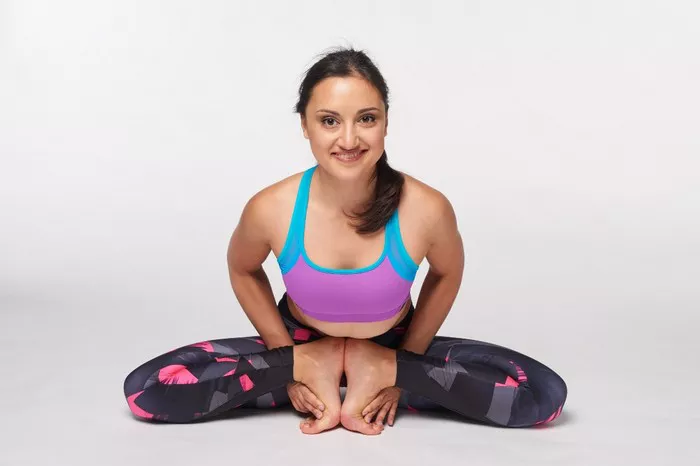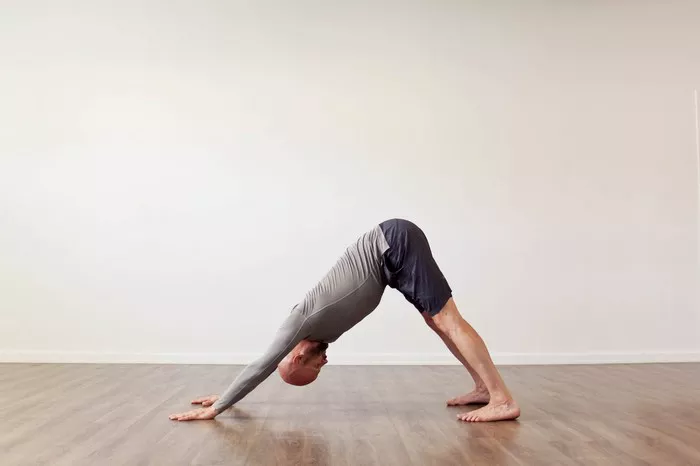In the world of fitness and wellness, the terms “yoga” and “stretching” are often used interchangeably, but they are not the same thing. Yoga is a holistic practice that encompasses physical postures (asanas), breathing techniques (pranayama), meditation, and philosophy. Stretching, on the other hand, refers specifically to exercises that increase flexibility by lengthening muscles and tendons. While both practices share some similarities, particularly in their emphasis on improving flexibility, they differ significantly in their scope and purpose. This article explores whether yoga can be considered a substitute for stretching, considering the benefits, limitations, and nuances of both practices.
What is Yoga?
Yoga is a mind-body practice that originated in ancient India. Over thousands of years, it has evolved into various styles and schools, ranging from gentle and restorative to vigorous and strength-building. Traditionally, yoga is not just about physical postures; it is a spiritual and philosophical discipline that seeks to create harmony between the body, mind, and spirit.
The physical practice of yoga involves asanas or poses designed to improve strength, flexibility, and balance. Some styles of yoga focus heavily on the physical aspects, while others integrate deep breathing, meditation, and mindfulness practices. Popular styles include Hatha yoga, Vinyasa yoga, Ashtanga yoga, Iyengar yoga, and Kundalini yoga.
Benefits of Yoga
Flexibility: Many yoga postures are designed to lengthen and stretch muscles, which can improve overall flexibility. However, flexibility in yoga is often a byproduct of a larger aim: balance, strength, and alignment.
Strength and Stability: Unlike traditional stretching, yoga emphasizes muscle engagement and body awareness, which builds strength as well as flexibility.
Mental Focus and Stress Reduction: One of the defining features of yoga is its focus on breath and mindfulness. This makes it an excellent practice for reducing stress, improving mental clarity, and cultivating relaxation.
Postural Alignment: Yoga encourages better posture by promoting awareness of body alignment, which helps prevent injury and supports overall health.
Breathing and Relaxation: Yoga teaches the use of controlled breathing techniques (pranayama), which enhance relaxation, improve lung capacity, and foster mental calmness.
What is Stretching?
Stretching refers to any movement that increases the length of muscles or tendons. It is typically a part of a warm-up or cool-down routine in many fitness programs, and it focuses on increasing flexibility and range of motion. Stretching can be static, where you hold a stretch for a period of time, or dynamic, where you move through a range of motion repeatedly.
Types of Stretching
Static Stretching: This involves holding a stretch for a prolonged period, usually between 15 to 60 seconds. Static stretching is effective for increasing flexibility and is commonly done after exercise to cool down.
Dynamic Stretching: Dynamic stretching involves moving parts of your body and gradually increasing the reach or speed of the movement. It is commonly done before physical activities to warm up muscles and prepare them for more intense movement.
PNF Stretching: Proprioceptive Neuromuscular Facilitation (PNF) stretching combines passive stretching and isometric contractions. It is often used in physical therapy and for advanced flexibility training.
Benefits of Stretching
Increases Flexibility: Stretching, particularly static stretching, is effective for improving the length and elasticity of muscles and tendons.
Reduces Muscle Tension: Stretching helps to relieve tight muscles and can reduce the risk of injury by promoting relaxation.
Improves Range of Motion: Regular stretching can help improve joint flexibility and overall movement efficiency.
Prevents Injury: Stretching before and after exercise can help prevent muscle strains and ligament injuries.
Promotes Circulation: Stretching increases blood flow to the muscles, which helps with recovery and healing.
Key Differences Between Yoga and Stretching
While both yoga and stretching involve physical movements that lengthen muscles, there are some key differences that set them apart:
Purpose and Philosophy:
Yoga is a multifaceted practice aimed at achieving physical, mental, and spiritual well-being. It includes not only stretching and strengthening but also mindfulness, breath control, and meditation.
Stretching, by contrast, is primarily focused on improving flexibility, increasing range of motion, and preventing injury. It does not inherently address mental focus or breath awareness in the same way yoga does.
Approach to Flexibility:
In yoga, flexibility is a natural outcome of a larger practice. While yoga postures may include deep stretches, they also focus on building strength, balance, and stability.
Stretching is typically done for the sole purpose of increasing flexibility and mobility. There is less emphasis on strength or mental clarity.
Mental and Emotional Benefits:
Yoga, particularly when combined with breathing techniques and meditation, is known to reduce stress, improve concentration, and enhance emotional well-being.
Stretching, while it can be relaxing, does not usually incorporate mindfulness or emotional focus to the same extent.
Breathing:
Breath is central to yoga. Each movement is often synchronized with the breath, which helps calm the nervous system, improve focus, and facilitate deeper stretches.
Stretching, on the other hand, does not necessarily require a particular breathing pattern, although breathing deeply can enhance the stretch experience.
Variety of Movements:
Yoga includes a wide variety of postures that engage the entire body, involving not only flexibility but also strength, stability, and coordination. It often includes balancing poses, inversions, and twists that stretch muscles in more dynamic ways.
Stretching tends to focus on specific muscle groups and involves more linear, static movements. There is less variety in the types of stretches compared to yoga.
Can Yoga Be a Substitute for Stretching?
Given the differences between yoga and stretching, it is important to evaluate whether yoga can truly substitute for stretching, or if both should be part of a comprehensive fitness routine.
Flexibility
Yoga is an excellent practice for improving flexibility. Many yoga poses involve deep stretches that target multiple muscle groups simultaneously. For example, forward bends such as Paschimottanasana (Seated Forward Fold) stretch the hamstrings and lower back, while Adho Mukha Svanasana (Downward-Facing Dog) stretches the calves, hamstrings, and shoulders. These postures promote increased flexibility through a combination of holding poses and flowing movements.
While yoga can improve flexibility, it may not always be as focused on specific muscles as traditional stretching. For instance, a yoga class might not dedicate as much time to stretching specific muscle groups (e.g., quadriceps, hip flexors, or glutes) in the same way that a dedicated stretching session might.
Strength and Stability
Yoga involves strengthening asanas that help build muscular strength and stability. For instance, poses like Plank, Chaturanga, and Warrior postures require engagement of the core, arms, and legs. This focus on strength distinguishes yoga from stretching, which typically does not engage muscles in the same way.
The integration of strength and flexibility in yoga makes it a more comprehensive practice than traditional stretching. It not only increases flexibility but also helps prevent injuries that could arise from excessive stretching without strength-building.
Mental Focus
One of the major advantages of yoga over traditional stretching is its emphasis on the mind-body connection. The practice of yoga incorporates breath awareness and mindfulness, which can reduce stress, enhance mental clarity, and promote emotional well-being. This holistic approach to health and fitness is often missing in a typical stretching routine, which tends to focus primarily on the physical aspects.
Injury Prevention
Yoga can play a significant role in injury prevention, not only by improving flexibility but also by promoting body awareness and alignment. This awareness helps individuals maintain proper posture and alignment during physical activity, which reduces the risk of injury. Stretching, while helpful for increasing flexibility, may not provide the same level of body awareness or alignment guidance.
Conclusion
So, is yoga a good substitute for stretching? In many ways, yes. Yoga offers a holistic approach to flexibility, strength, and overall wellness that can rival and even surpass traditional stretching routines. It incorporates flexibility training, strength-building, balance, mental focus, and breathwork, making it a well-rounded practice for improving physical health and emotional well-being.
However, there are situations where traditional stretching may still be necessary. For individuals who need to focus on increasing flexibility in specific muscle groups or who have a limited time for a full yoga practice, targeted stretching routines may be more effective.
Ultimately, the answer to whether yoga can replace stretching depends on individual goals and preferences. For many, incorporating both yoga and stretching into their fitness routine will provide the greatest benefits. Yoga can serve as a comprehensive practice that improves flexibility, strength, and mental clarity, while stretching can be a supplementary tool for maintaining or increasing flexibility in specific areas.
In the end, combining the best of both worlds can help you achieve a more balanced and sustainable approach to health and wellness.
Related Topics:



























